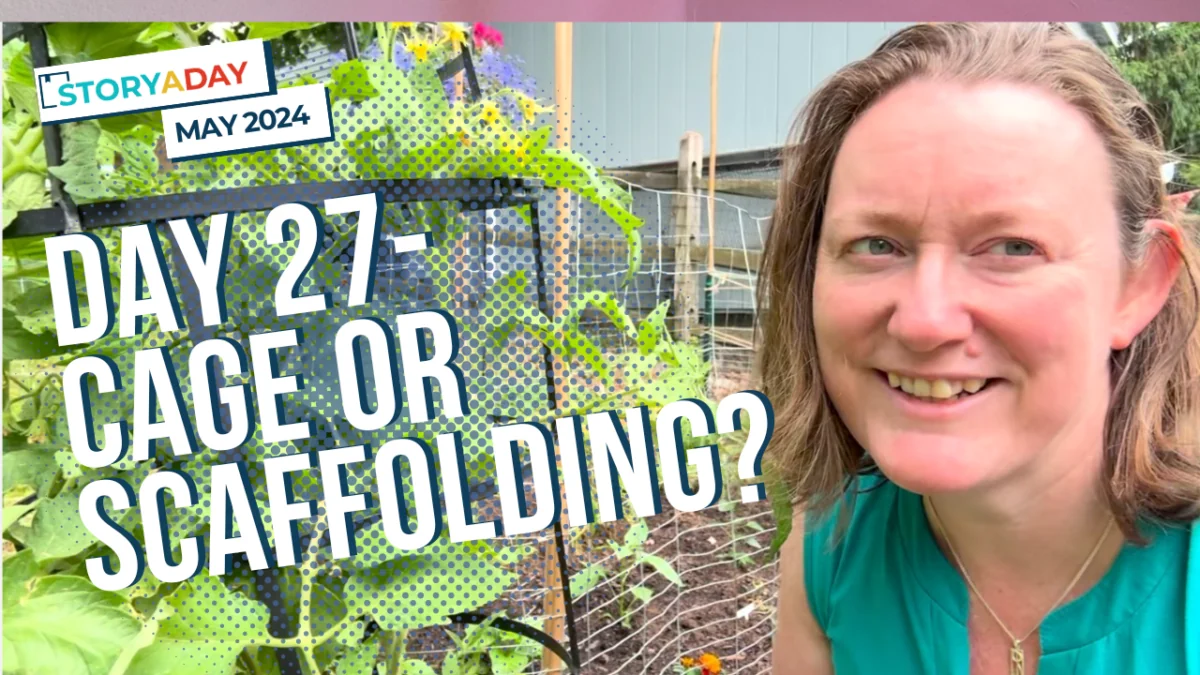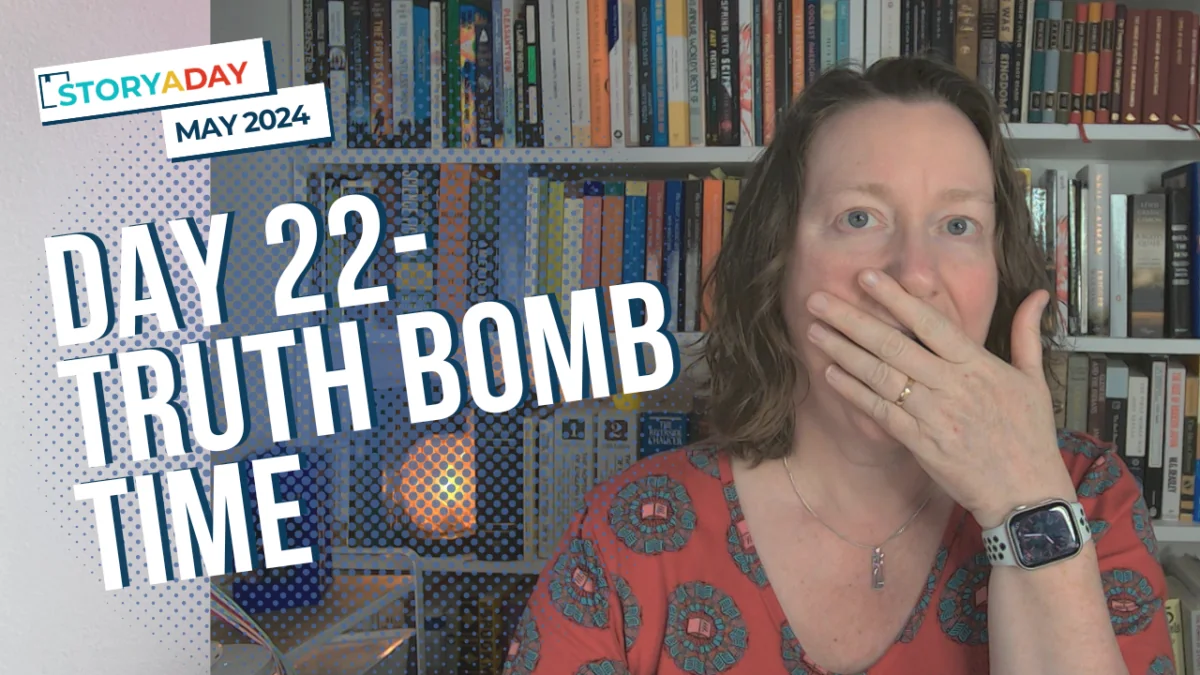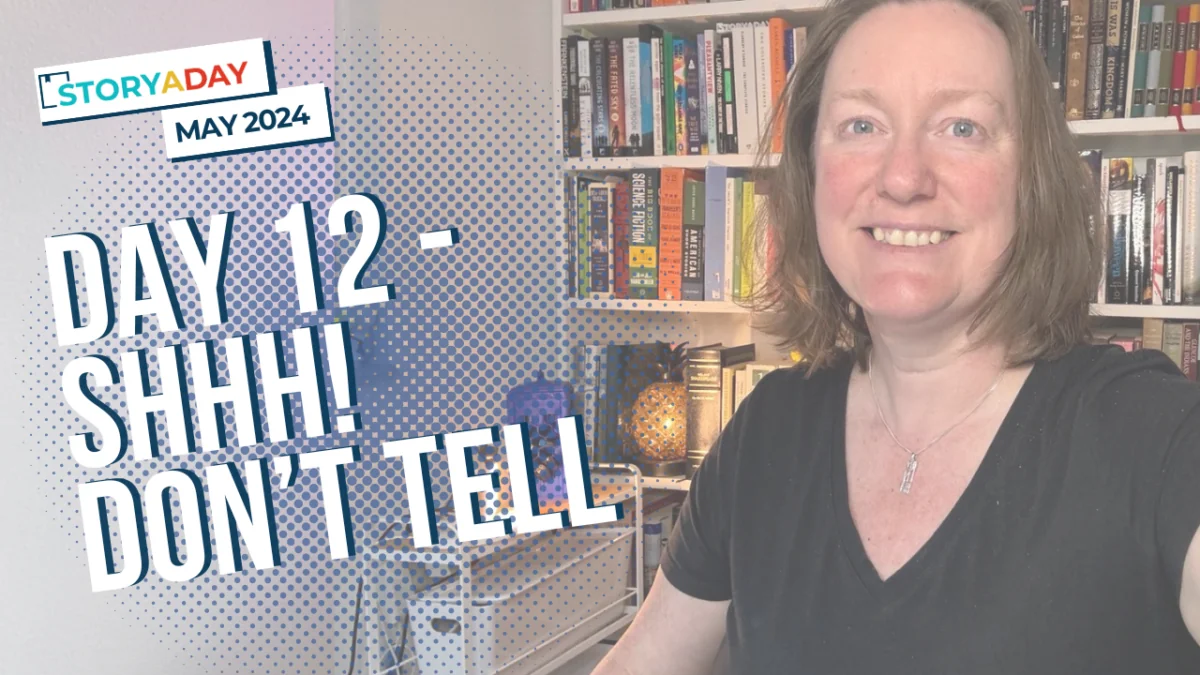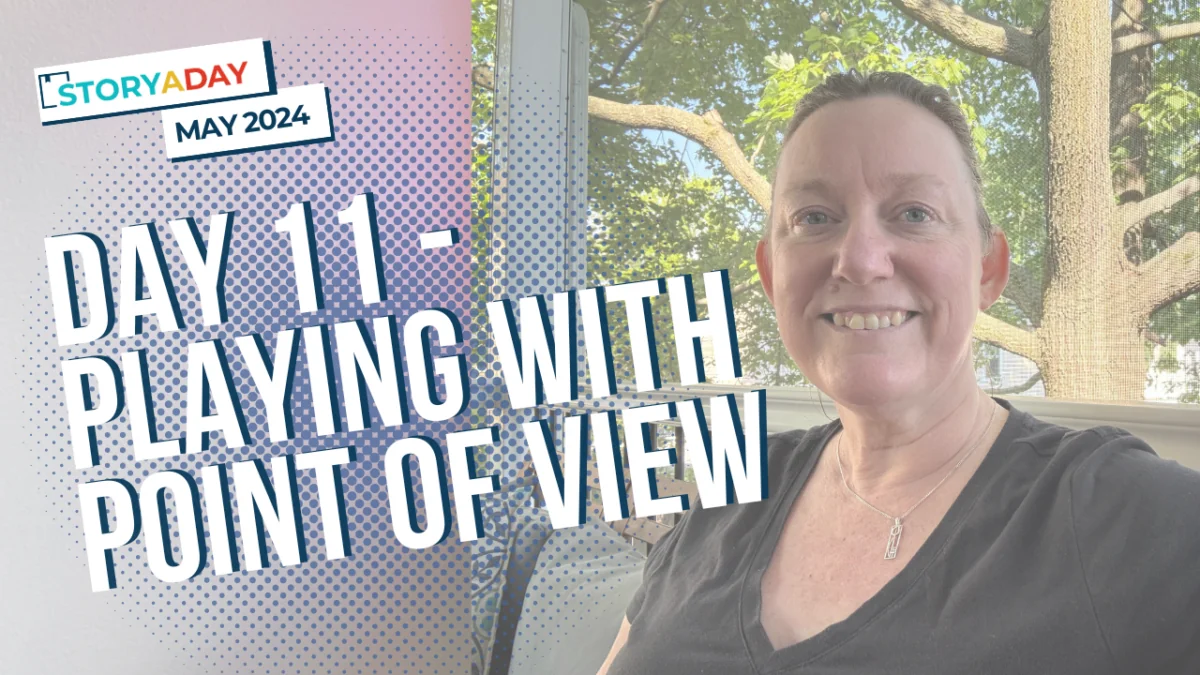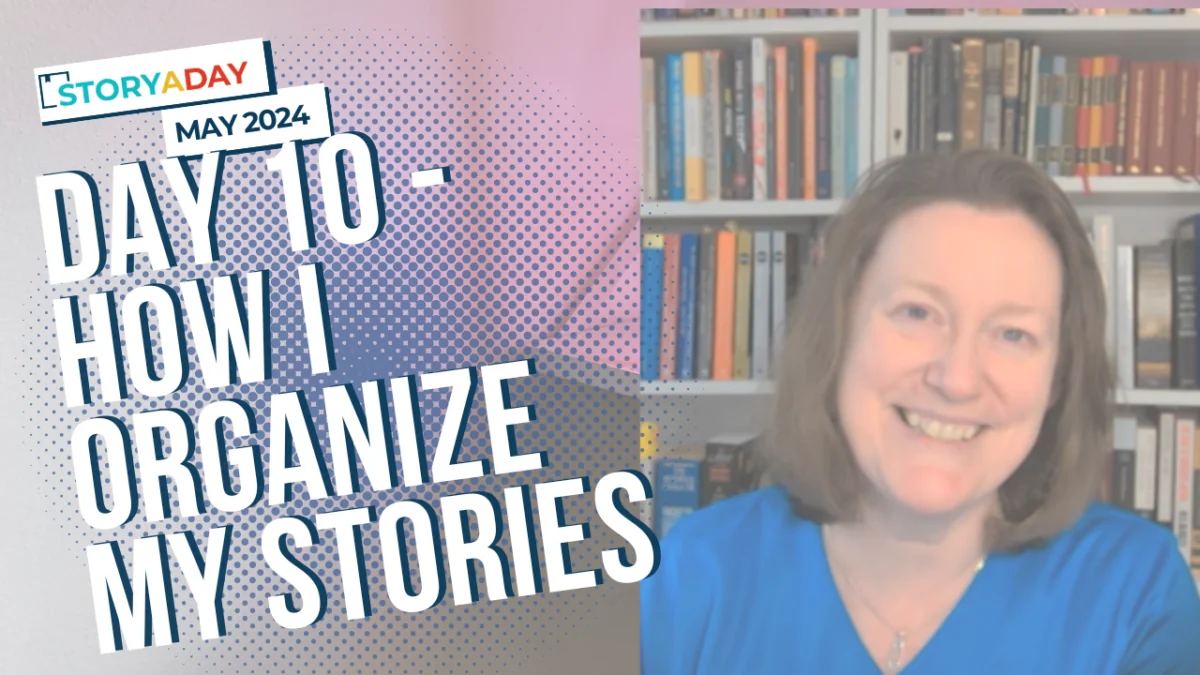Towards the end of the challenge, I’m noticing something about the people who are participating in the challenge: they’re getting more comfortable with tretaing the challenge as a support, not a cage.
What kind of support do you need, around your writing life?
Want to participate on your own schedule, get the StoryADay Challenge Handbook

